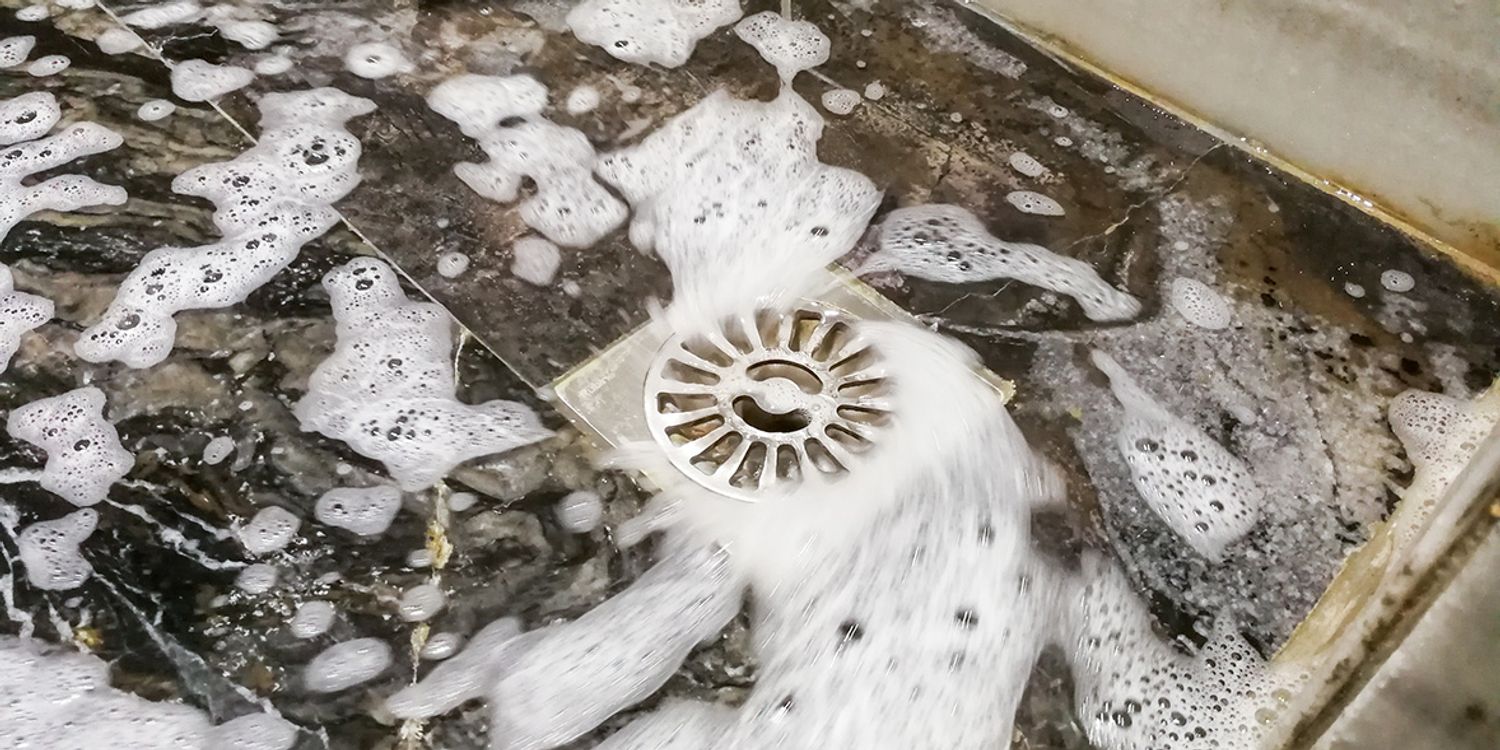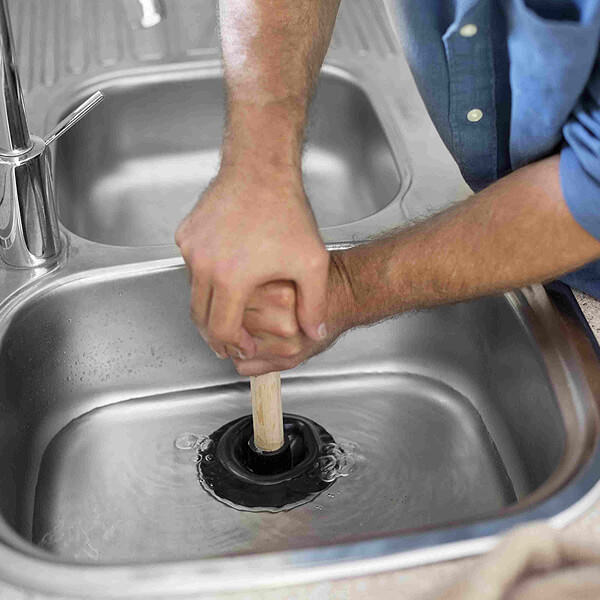Were you trying to locate help and advice about Tips for Dealing with Clogged Drains and Sewer Lines?

Introduction
Taking care of an obstructed drainpipe can be an irritating experience, interfering with day-to-day tasks and potentially creating damages to your residential or commercial property. However, prior to reaching out to plumbing experts, there are actions you can take to address the problem yourself. In this guide, we'll discover DIY remedies and safety nets to deal with a blocked drainpipe effectively.
Recognizing the Problem
The initial step in resolving an obstructed drainpipe is acknowledging the indicators. Slow water drainage, gurgling sounds, foul odors originating from drains pipes, or water backing up are common indicators of a blocked drainpipe. Recognizing these signs early can assist stop further problems.
Selecting the Right Pipes Solution
When choosing a plumbing service, think about aspects such as experience, licensing, and consumer testimonials. Pick a trusted plumbing professional with a record of top quality workmanship and transparent rates techniques.
Price Factors to consider
The expense of professional drain cleaning company can differ relying on the extent of the obstruction and the plumbing's prices. Demand quotes from multiple providers and ask about any additional charges to make sure transparency and prevent shocks.
Security Measures
When attempting do it yourself drainpipe cleaning, focus on safety. Wear safety handwear covers and glasses to stay clear of contact with hazardous chemicals or microorganisms. Never blend various drain cleaning products, as this can generate harmful fumes.
Situation Researches
Real-life examples highlight the effectiveness of DIY remedies and the significance of prompt specialist treatment in dealing with drain obstructions.
Typical Root Causes Of Blocked Drains
Comprehending the variables that add to drain pipes obstructions is necessary for efficient resolution. Typical offenders include hair, soap residue, oil, food debris, and foreign objects like hygienic products or paper towels. Tree roots attacking below ground pipes can additionally trigger significant obstructions.
Do it yourself Solutions
For minor clogs, a number of do it yourself options can be effective. Putting boiling water down the drainpipe can help dissolve oil and debris. Sodium bicarbonate and vinegar or a mix of salt and cooking soda can function as all-natural cleansers. Using a plunger or plumbing snake to remove obstructions is one more choice.
Tools and Devices
Having the right tools available can make DIY drainpipe cleaning up a lot more effective. A bettor is a functional device for clearing obstructions in sinks, toilets, and showers. A plumbing serpent or auger can get to much deeper obstructions, while drainpipe cleansing chemicals can be used very carefully for stubborn blockages.
Preventive Measures
To prevent future obstructions, adopting preventive measures is essential. Install drainpipe guards or filters to catch hair and debris prior to they go into the pipes. Consistently flush drains pipes with hot water to liquify grease build-up, and prevent throwing away grease or strong waste down the tubes.
When to Call a Professional
While DIY options can resolve small blockages, specific indicators suggest the demand for professional help. Persistent clogs, foul odors despite cleansing initiatives, or multiple drains supporting simultaneously are red flags that require professional intervention.
Conclusion
By complying with the suggestions described in this guide, you can effectively take on obstructed drains and avoid future plumbing concerns. Whether going with DIY services or seeking specialist support, prompt activity is essential to maintaining a healthy and balanced plumbing system and maintaining the stability of your home.
How to Clear a Clogged Drain Yourself (And When to Call In the Professionals)
What Can Clog a Drain
Dirt Skin flakes Hair Grease Soap scum Food Offset pipes Tree roots Small objects Mineral buildup DIY Tricks to Unclog a Drain
You can fix this! Once you have identified the source of the clog (or have a vague idea), you can try one or a combination of these fixes in order to clear your plumbing.
Wire Hanger or Snake
Untangle and clear out hair from a drainpipe with a homemade snake. Use a straightened-out wire hanger with a 90-degree angle hook to locate the clog and drag out any unwanted material.
Remember not to push the clog further down to where the wire hanger cannot reach! If you need to follow up with a plunger, give it a try. Your efforts might be more successful after it’s been wire-snaked.
If you want to get fancy and don’t have a wire hanger to spare, head to the store and pick up a hand-operated drain snake. You can get one for $10-$30. It may save you the hassle, and provide additional length to reach deep into the clogged pipe.
Plunger
A cup plunger has a suction cup attached to a wooden handle. The rubber creates a seal around the drain, and increases the pressure force of the plunger.
Plunge for 30-second increments to loosen the clog. This may need to be repeated over the course of 15-20 minutes. Once plunged, run the water to flush the remaining material out of the drain.
Remember– never use a plunger if you have used a chemical drain cleaner. These chemicals can splash up from the force of the plunger and cause serious injury or burns.
Boiling Water
Hot water can sometimes break up materials into a flushable amount. Dirt, grease, and soap buildup requires heat in order to unstick from surfaces.
Take your kitchen kettle and heat your water to a boil. Once it reaches a rolling boil, pour it directly down the drain into the blockage. Carefully follow with plunging, if necessary.
Don’t worry if this takes more than one try! It can often take multiple kettles and repeated plunging in order to clear a particularly stubborn clog.
Chemical Drain Cleaner
As a last resort, pick up a bottle of chemical drain cleaner. Drain-cleaning chemicals are potent, and not very good for the environment.
You may need to wear protective eyewear in gloves before handling your bottle of chemical drain cleaner. Follow the instructions printed on the bottle, and flush with water as soon as the instructions allow. Do not follow with plunging.
Baking Soda and Vinegar
As a safer alternative to chemical drain cleaner, baking soda and vinegar can create a chemical reaction that clears tough clogs.
Combine one cup of cleaning vinegar with one cup of boiling water, and set aside. Once you have done this, pour half a cup of baking soda down the drain. Give the baking thirty seconds to settle and cover a large portion of the problem drain.
Following the baking soda, pour down your vinegar and hot water solution. Once the vinegar and baking soda combine, the mixture will bubble and fix. Let this reaction fizzle in the drain for about an hour.
After an hour, follow with a kettle’s worth of hot water. The heat and liquid should flush out any remaining material.
When to Call a Plumber
If your DIY attempts haven’t cleared your clog drain, it’s time to call in a professional. It’s not worth losing access to your kitchen sink or high-traffic bathroom. A clog in a vital area can keep you from the things you’d rather be doing, and derail your routine.
Anytime a clog is causing water to spread is a time to call in a plumbing service. What starts out as a little bit of water can quickly grow into serious, expensive water damage.
Additionally, a serious clog can result in burst pipes or serious leaks. Make sure you know when to take it seriously!
https://myguysnow.com/how-to-clear-a-clogged-drain-yourself-and-when-to-call-in-the-professionals/

Do you like reading about Tips for Dealing with Clogged Drains and Sewer Lines? Create a remark down the page. We would be glad to see your suggestions about this article. In hopes that you come back again before long. Sharing is nice. Helping others is fun. Thank you so much for your time invested reading it.
Call Today